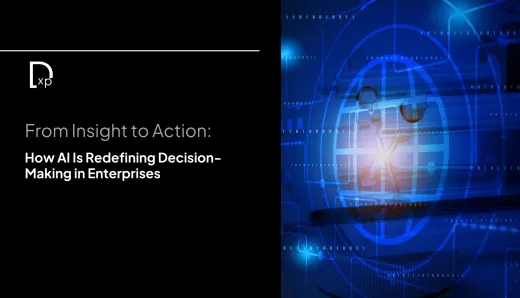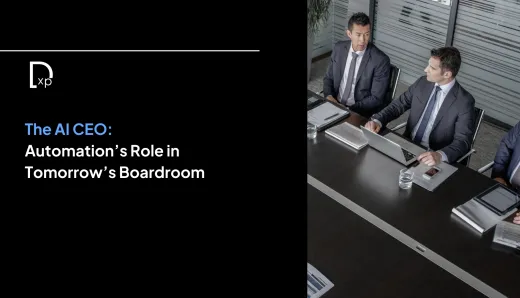WordPress Performance Optimization: Speed Up Your Site

Website speed isn't just a luxury; it's a necessity. When your WordPress site lags, so does user satisfaction, leading to higher bounce rates and a drop in search engine rankings. To keep your audience engaged and your site performing at its best, optimizing speed is crucial. We'll cover key strategies to optimize your WordPress site, ensuring it loads quickly, runs efficiently, and provides an exceptional user experience.
Why WordPress Performance Matters
- Website speed is more than just a tech issue—it's a key driver of user satisfaction, conversions, and SEO success. A delay of even a few seconds can lead to significant drops in user engagement and revenue. Search engines like Google also prioritize fast-loading websites in their rankings, making speed optimization a critical factor for SEO success.
- For WordPress sites, performance optimization is particularly important due to the platform's widespread use and the variety of plugins and themes available. While these plugins and themes enhance functionality, they can also slow down your site if not managed properly. Therefore, optimizing your WordPress site for speed involves a combination of best practices, careful plugin management, and regular maintenance.
Strategies for Optimizing WordPress Performance
To ensure your WordPress site operates at peak performance, several key strategies should be implemented. These include caching, image optimization, plugin management, database optimization, and the use of Content Delivery Networks (CDNs).
Each of these strategies plays a vital role in speeding up your site and enhancing the user experience.
1. Implement Caching for Faster Load Times
- Caching is one of the most effective ways to speed up your WordPress site. When someone lands on your site, the server has to juggle several tasks to load the page.
- Caching stores a static version of your site, so when a user revisits or another user accesses the same content, the server can deliver the cached version without processing the same requests again. This significantly reduces load times and server resource usage.
- WordPress offers a variety of caching plugins, like W3 Total Cache and WP Super Cache, making it easier than ever to boost your site’s speed. These plugins offer features like browser caching, page caching, and object caching that can drastically improve your site’s speed.
Tip: Ensure that you configure your caching plugin correctly, as improper settings can lead to performance issues instead of improvements.
2. Optimize images for faster page loads
- Images are often the largest files on a website and can significantly slow down page load times if not optimized. To prevent this, images should be compressed and resized without compromising quality. Optimizing your images shrinks file sizes, speeding up your site while keeping its visual charm intact.
- WordPress offers several plugins, such as Smush and ShortPixel, that automate image optimization. These tools compress images as they are uploaded, convert them to the appropriate file formats, and even offer lazy loading—where images are only loaded as the user scrolls down the page rather than all at once.
Tip: Always use the correct image format—JPEG for photos and PNG for graphics with transparency. Opt for next-gen formats like WebP to achieve superior compression without sacrificing quality.
3. Manage Plugins Wisely to Avoid Bloating
- While plugins add valuable features to your WordPress site, having too many or using poorly coded plugins can bloat your site and slow it down. Each plugin you install adds more code for your server to process, which can lead to longer load times.
- To optimize performance, regularly review your installed plugins and remove any that are not essential. Consider replacing multiple plugins with a single plugin that can handle multiple functions efficiently. Additionally, keep all plugins updated to ensure they run efficiently and are free from security vulnerabilities.
Tip: Conduct a performance audit using tools like GTmetrix or Pingdom to identify plugins that may be slowing down your site. If a plugin is found to be resource-heavy, look for lighter alternatives or consider custom development to achieve the same functionality with less impact on performance.
4. Optimize Your Database for Better Efficiency
- Over time, your WordPress database can become cluttered with unnecessary data, such as post revisions, spam comments, and transient options. This can slow down your site, as the server must sift through more data to find what it needs. Regular database optimization helps to clean up this clutter and improve site performance.
- Plugins like WP-Optimize and Advanced Database Cleaner make it easy to optimize your database by removing unnecessary data, repairing tables, and defragmenting storage. This process reduces the size of your database and speeds up your site by making database queries more efficient.
Tip: Before performing database optimization, always back up your database to prevent data loss in case anything goes wrong during the cleanup process.
5. Utilize a Content Delivery Network (CDN) for Global Reach
- A Content Delivery Network (CDN) helps to speed up your site by distributing your content across multiple servers located around the world. When a user visits your site, the CDN delivers content from the server closest to them, reducing latency and speeding up load times.
- Using a CDN is particularly beneficial for sites with a global audience, as it ensures fast load times regardless of the user’s location. Popular CDN services like Cloudflare and MaxCDN integrate seamlessly with WordPress. and provide additional features like security enhancements and DDoS protection.
Tip: Combine CDN usage with other optimization strategies like caching and image optimization for the best results. Ensure that your CDN is properly configured to serve your site’s content efficiently.
Elevate Your WordPress Performance
- Optimizing WordPress performance is not a one-time task but an ongoing process. Regularly monitoring your site’s speed and implementing the strategies discussed above will ensure that your site remains fast, efficient, and user-friendly.
- A well-optimized site not only improves user satisfaction but also enhances your SEO efforts, leading to better search engine rankings and increased traffic.
- In a world where speed is paramount, taking the time to optimize your WordPress site is an investment that pays off in the long run.
- By focusing on key areas like caching, image optimization, plugin management, database optimization, and CDN usage, you can significantly boost your site’s performance and provide a better experience for your visitors.
Speed as a Competitive Edge
In the competitive digital landscape, website speed is more than just a technical consideration—it’s a key differentiator that can set your site apart. A faster website not only enhances user experience but also boosts your SEO performance, leading to higher search engine rankings and more organic traffic.
For WordPress users, performance optimization is crucial to maintaining a competitive edge. By implementing the strategies outlined in this blog, you can ensure that your site loads quickly, runs smoothly, and delivers the best possible experience to your users. Don’t let a slow site hold you back—take action today to optimize your WordPress performance and stay ahead of the competition.
Diving into more of our latest insights will help you maintain a competitive edge if you're aiming to improve your site's speed, security, or scalability.




